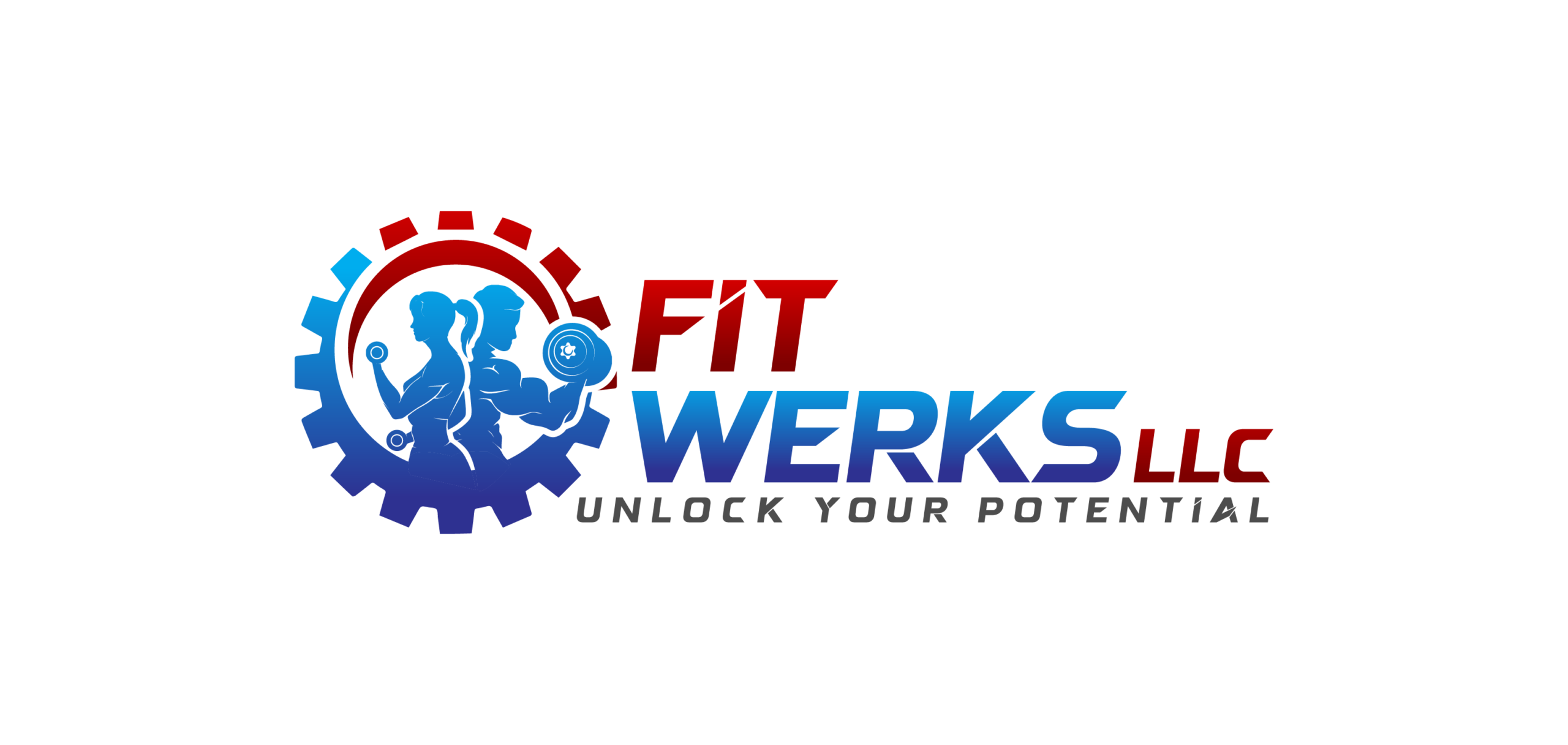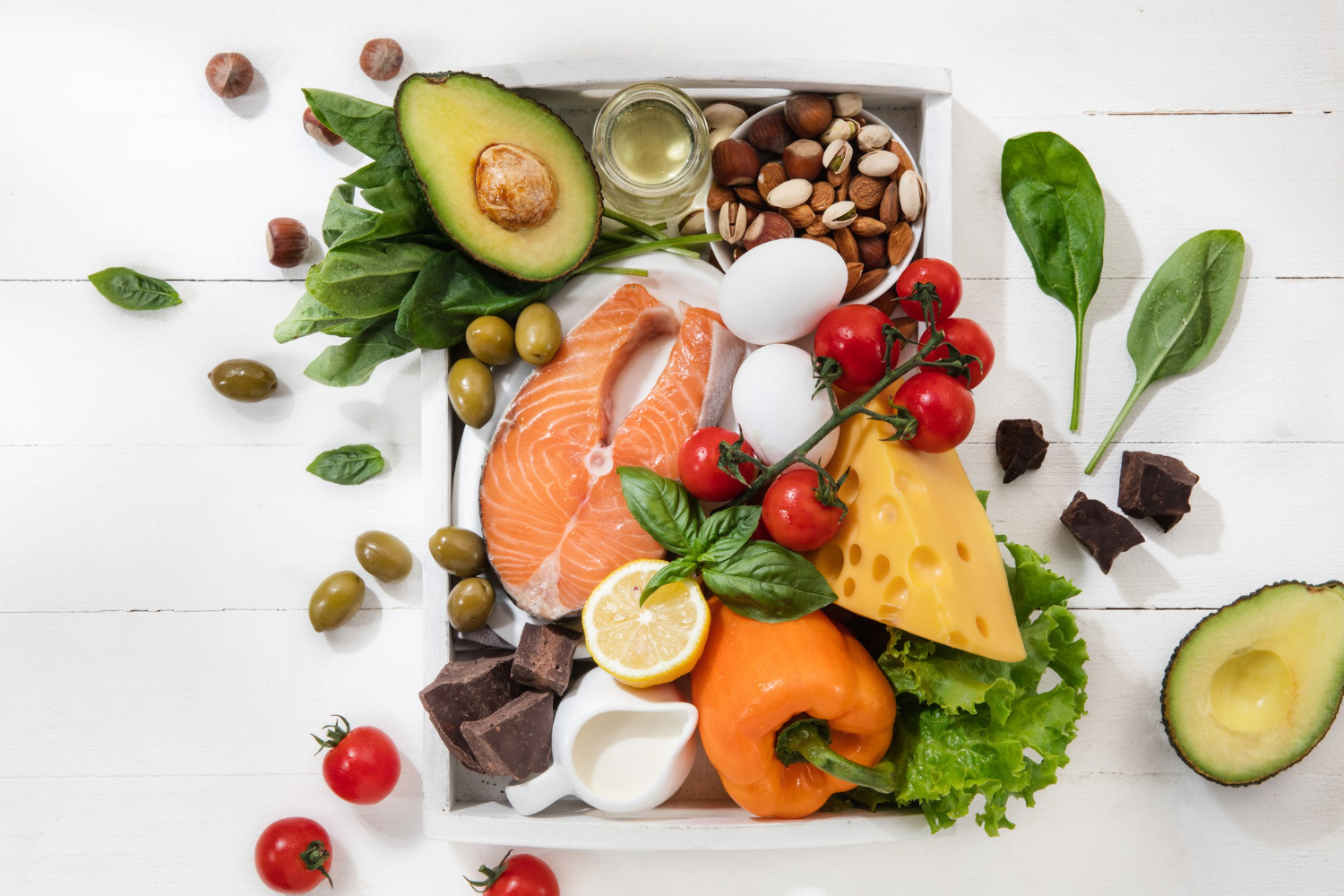Training at Home: How to Maintain Muscle
Introduction
Finding time to hit the gym can be challenging in today’s fast-paced world. So, many fitness enthusiasts are turning to training at home as a convenient and effective way to stay in shape. But when it comes to maintaining muscle mass, how do you ensure that your home workouts are as effective as those in a professional gym setting? This article will explore key strategies and tips to help you maintain muscle while training at home.
The Importance of Resistance Training
One of the most crucial aspects of maintaining muscle is engaging in regular resistance training. This type of exercise helps build muscle and plays a significant role in preventing muscle loss. So, how can you incorporate resistance training into your home workouts?
Bodyweight Exercises: Push-Ups, Squats, and Planks
Bodyweight exercises are an excellent way to engage multiple muscle groups without equipment. Some of the most effective bodyweight exercises for maintaining muscle include push-ups, squats, and planks.
Push-ups target the chest, triceps, and shoulders. Variations such as diamond push-ups or incline push-ups can further challenge your muscles.
Squats work the lower body, including the quadriceps, glutes, and hamstrings. For added intensity, try jump squats or single-leg squats.
Planks are a fantastic exercise for strengthening the core muscles. Begin with a basic plank and gradually increase the duration as your strength improves.
Resistance Bands: A Compact Solution
Resistance bands are versatile and compact equipment for resistance training at home. They provide constant tension throughout the movement, making them an effective tool for building and maintaining muscle. Some exercises you can perform with resistance bands include bicep curls, lateral raises, and glute bridges.
Dumbbells: A Home Gym Essential
Investing in a set of dumbbells is worthwhile for anyone serious about maintaining muscle mass at home. Dumbbells provide a wide range of options for targeting different muscle groups and can be easily adjusted to increase or decrease the weight as needed. Dumbbell presses, rows, and lunges can all be performed with dumbbells, making them a fantastic addition to your home gym setup.
The Power of Progressive Overload
To continue challenging your muscles and promoting muscle growth, it is essential to implement the principle of progressive overload. This means gradually increasing the intensity or difficulty of your workouts over time. Here are some effective strategies for incorporating progressive overload into your home training:
Increase resistance: If you use resistance bands or dumbbells, gradually increase the weight as your muscles adapt and grow stronger.
Vary rep ranges: Mix up your sets and repetitions. For example, you can perform low rep, high weight sets one day, and high rep, low weight sets on another day.
Modify exercise difficulty: Increase the difficulty of an exercise by performing it on an unstable surface, such as a Bosu ball or foam pad.
The Role of Nutrition
Training alone is not enough to maintain muscle mass. Nutrition plays a vital role in supporting muscle growth and repair. Ensure you consume enough protein to give your muscles the building blocks they need to thrive. Aim for a protein-rich diet that includes lean meats, poultry, fish, eggs, dairy, legumes, and tofu.
Listen to Your Body
While it’s important to push yourself during workouts, listening to your body and allowing for adequate rest and recovery is equally essential. Overtraining can hinder muscle maintenance and lead to injuries. Make sure to incorporate rest days into your training routine and prioritize quality sleep to support optimal muscle recovery.
Conclusion
Training at home doesn’t have to mean sacrificing muscle maintenance. By incorporating practical resistance exercises, investing in essential equipment like resistance bands and dumbbells, following the principle of progressive overload, and nourishing your body with a protein-rich diet, you can successfully maintain muscle mass in the comfort of your own home. Remember to listen to your body, prioritize rest and recovery, and enjoy the convenience and flexibility of home workouts.




